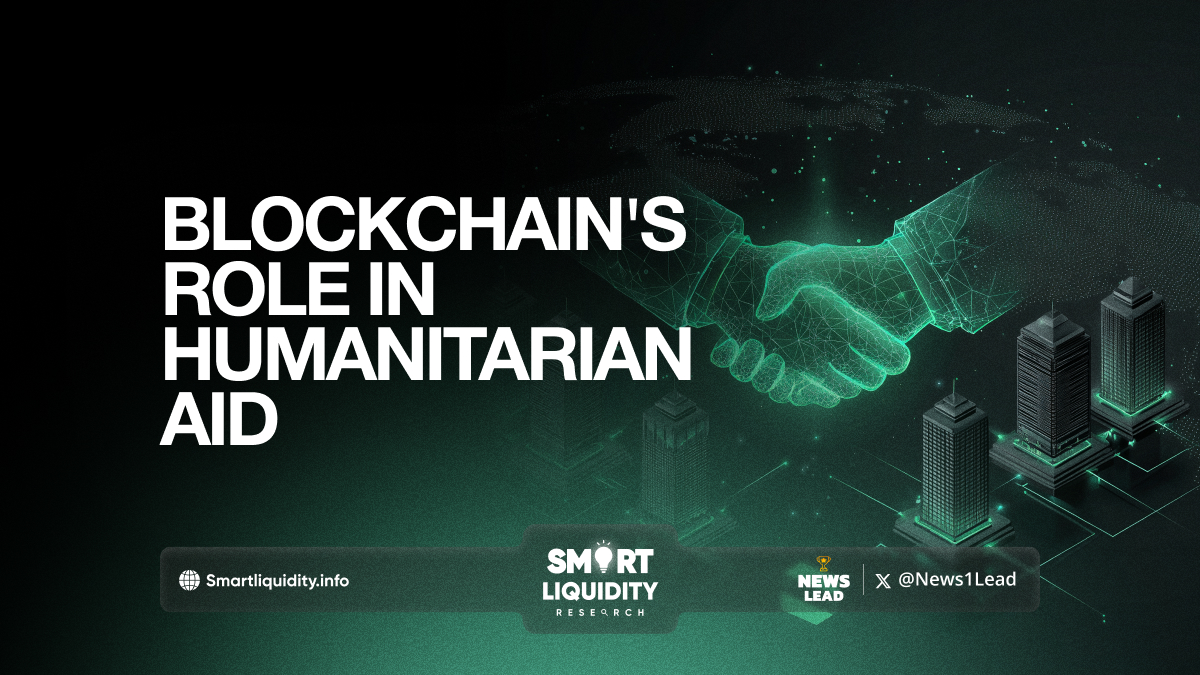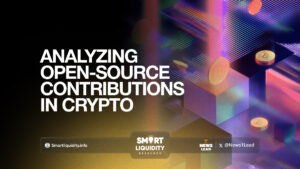Blockchain’s Role in Humanitarian Aid: UNICEF’s Vision for 2025


As global crises, from natural disasters to conflicts, intensify, humanitarian groups are adopting cutting-edge tech to improve aid delivery. By 2025, UNICEF foresees blockchain playing a key role, making humanitarian operations more efficient, transparent, and inclusive in reaching those in need.
The Promise of Blockchain in Humanitarian Aid
Blockchain, often associated with cryptocurrencies, is a decentralized digital ledger that records transactions across multiple computers. Its inherent features—transparency, immutability, and security—make it an ideal solution for addressing several challenges in humanitarian aid:
- Transparency and Accountability: Blockchain’s transparent nature allows donors and stakeholders to trace the flow of funds, ensuring that resources are used appropriately.
- Efficiency in Aid Distribution: By reducing intermediaries, blockchain can expedite the delivery of aid, ensuring timely assistance to those in need.
- Financial Inclusion: In regions with limited banking infrastructure, blockchain can provide secure and accessible financial services to underserved populations.
UNICEF’s Blockchain Initiatives
UNICEF has been at the forefront of exploring blockchain’s potential in humanitarian contexts. Through its Innovation Fund, UNICEF has invested in startups developing blockchain-based solutions aimed at improving the lives of children and young people globally .
1. Rahat by Rumsan
One notable project is Rahat, developed by Rumsan. Rahat is a blockchain-based platform designed to facilitate digital aid distribution in disconnected settings. In Nepal, during the monsoon season, Rahat supported over 4,000 households by streamlining anticipatory action efforts. The platform’s integration with Kotani Pay, another UNICEF-supported initiative, enables beneficiaries to convert stablecoins into local currency without internet connectivity or a bank account .
2. Digital Identity Solutions
In collaboration with Giga, UNICEF has been exploring blockchain-based digital identity solutions. These systems aim to provide secure and portable identification for displaced populations, granting them access to essential services like education and healthcare. By 2025, UNICEF plans to expand these solutions, helping millions of displaced individuals regain autonomy and access to essential services .
3. Smart Contracts for Conditional Aid
UNICEF is also investigating the use of smart contracts—self-executing contracts with the terms directly written into code—to automate conditional aid disbursements. For instance, aid could be released upon the completion of specific milestones, such as a child’s vaccination or enrollment in an educational program. This approach minimizes administrative overhead and ensures that aid is distributed according to intended outcomes.
Challenges and Considerations
While the potential of blockchain in humanitarian aid is vast, several challenges must be addressed:
- Digital Literacy: In regions with limited technological infrastructure, educating beneficiaries about blockchain-based systems is crucial.
- Data Privacy: Ensuring the privacy and security of sensitive information is paramount, especially when dealing with vulnerable populations.
- Regulatory Hurdles: Navigating the complex regulatory landscapes across different countries can impede the implementation of blockchain solutions.
UNICEF is actively working to overcome these challenges through pilot programs, research, and collaboration with technology experts.
A Vision for 2025
By 2025, UNICEF envisions a humanitarian ecosystem where blockchain is integral to operational efficiency, transparency, and inclusivity. From real-time tracking of aid distribution to providing secure digital identities for displaced populations, blockchain’s role is poised to redefine how humanitarian assistance is delivered and monitored.
In conclusion, blockchain is more than just a technological innovation; it is a catalyst for more transparent, accountable, and equitable humanitarian aid. As UNICEF continues to embrace this technology, the coming years promise a more connected and efficient world of aid delivery—one where every contribution counts, every recipient is seen, and every action is verifiable.




